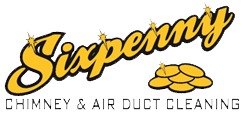Tag Archive for: fireplace care
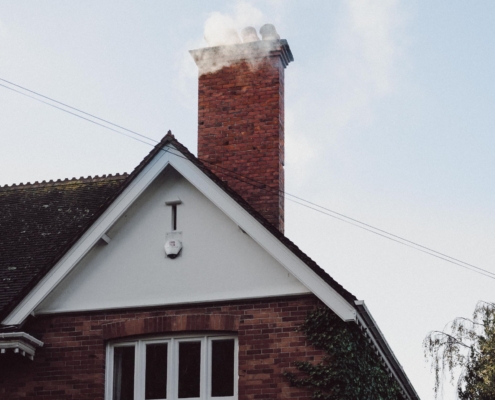
Chimney Cleaning for Different Seasons: What You Need to Know & Do
/
0 Comments
Want your chimney to work during winter? Taken care of it year round then. Discover what you need to know & do for chimney cleaning during different seasons!
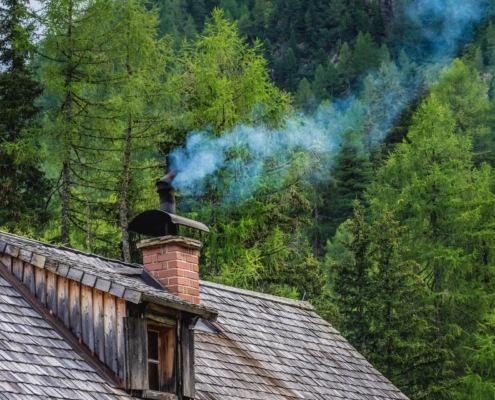
Why Every Homeowner Should Have a Regular Chimney Professional on Hand
A Chimney plays a critical part in your home & must stay in top condition. Discover the reasons why every homeowner should have a chimney professional on hand!
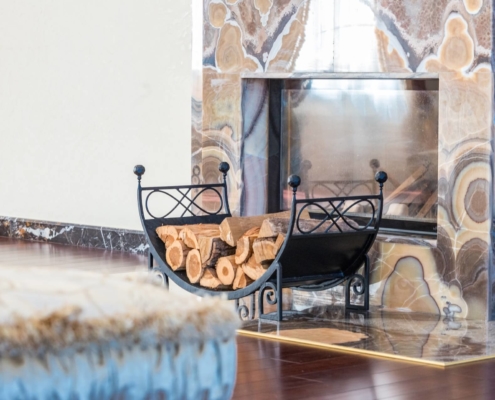
What to Ask a Chimney Professional Before Hiring Them
Regular cleaning of fireplaces and chimneys is essential. Here's what to ask a chimney professional before hiring them. Read our blog to learn more!
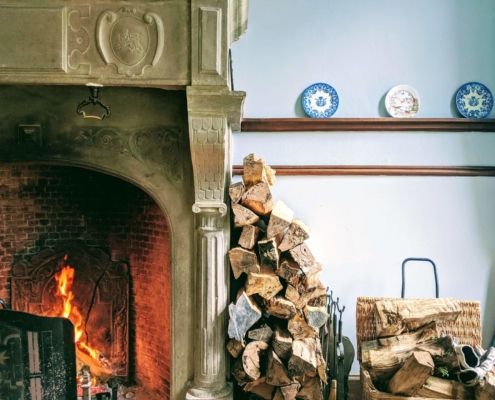
5 Tips for Preserving the Life of Your Fireplace & Chimney
Maintaining your fireplace increases heating efficiency. Here are five tips for preserving your fireplace and chimney. Read our blog to learn more!
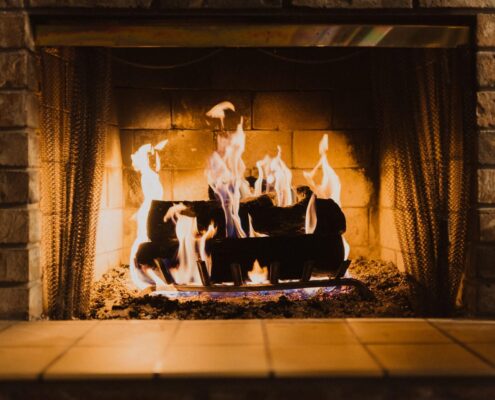
6 Reasons to Avoid Chimney Cleaning Logs & DIY Fireplace Care
When money’s tight, homeowners look for savings, and cooling…
